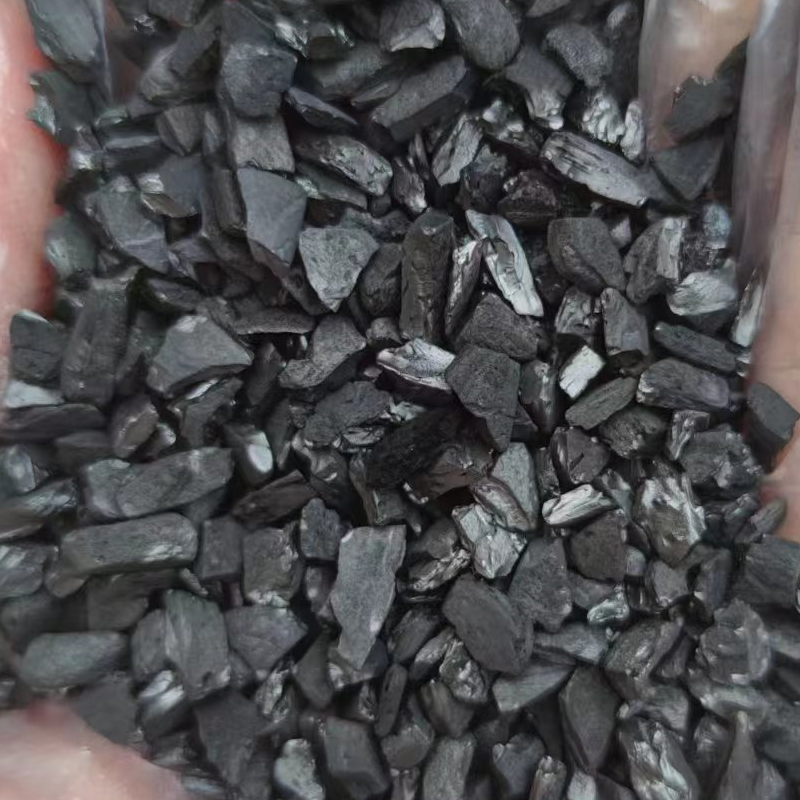
Surface modification of coal-based activated carbon
The adsorption characteristics of coal-based activated carbon depend on its surface physical structure and surface chemical properties. The physical structure determines the physical adsorption capacity of activated carbon, while the surface chemical properties determine the chemisorption capacity of activated carbon. Therefore, coal-based activated carbon is usually modified to enhance the adsorption selectivity and capacity of activated carbon.
The surface physical structure of activated carbon mainly includes pore size distribution, specific surface area and pore volume, which determines the physical adsorption performance of activated carbon. Different pore sizes play different roles in adsorption process. The modification of surface structure of activated carbon focuses on the adjustment of pore structure.
The purpose is to make the pore size of activated carbon equal to the size of adsorption molecules, so as to improve the adsorption rate and adsorption capacity of activated carbon for different adsorbents. The pore adjustment method is determined by the pore structure of activated carbon, such as the size of pore diameter, pore volume, etc. Some need to open and enlarge pores, and some need to shrink pores. The common method of opening and enlarging is to control the degree of activation, while there are many methods of shrinkage, such as heat shrinkage, impregnation and covering, gas phase pyrolysis plugging or through the process of carbon deposition on the finished product to adjust the pores.
The activated carbon chemical properties
The chemical properties of activated carbon mainly depend on the chemical functional groups, surface heteroatoms and compounds on the surface of activated carbon. Different chemical functional groups, heteroatoms and compounds form different active centers on the surface of activated carbon. By changing the surface acidity and alkalinity of activated carbon and introducing or removing some surface functional groups, the activated carbon can have some special adsorption or catalytic properties. The common modification methods include oxidation modification, heat treatment modification, reduction modification, acid and alkali treatment modification, metal ion loading modification, acid and alkali modification, plasma modification and so on.
It should be noted that the surface chemical modification of coal-based activated carbon occurs at the same time. The physical properties such as surface group, pore volume and pore size distribution are often changed, which will greatly affect the adsorption of activated carbon.